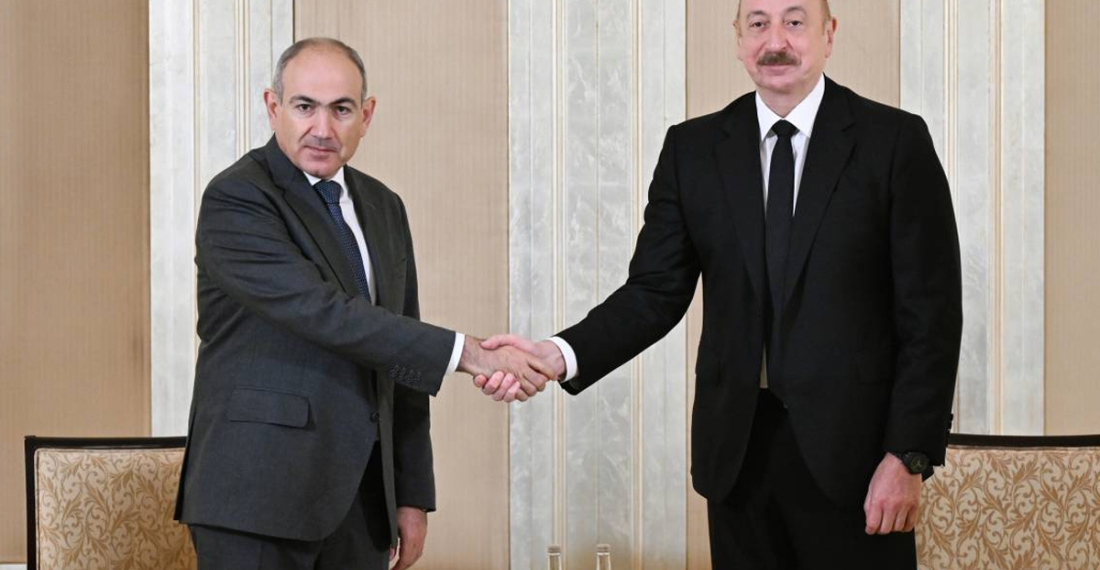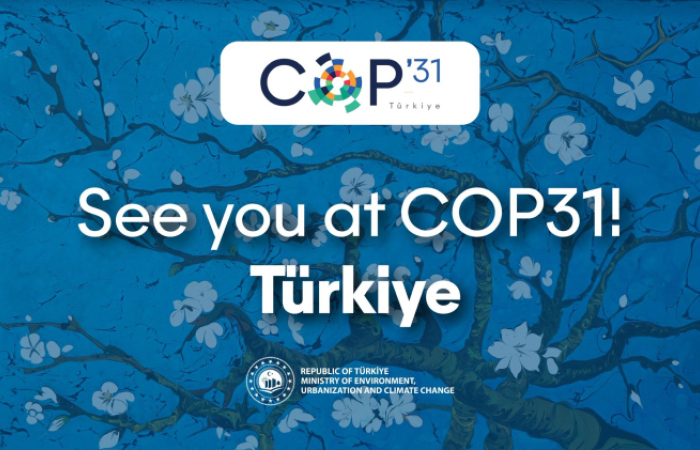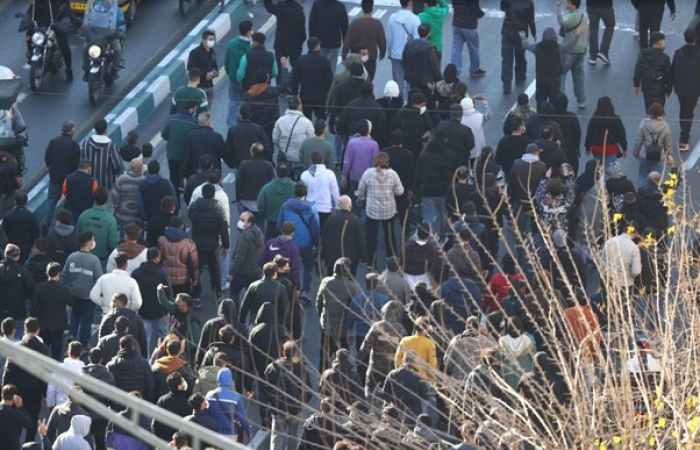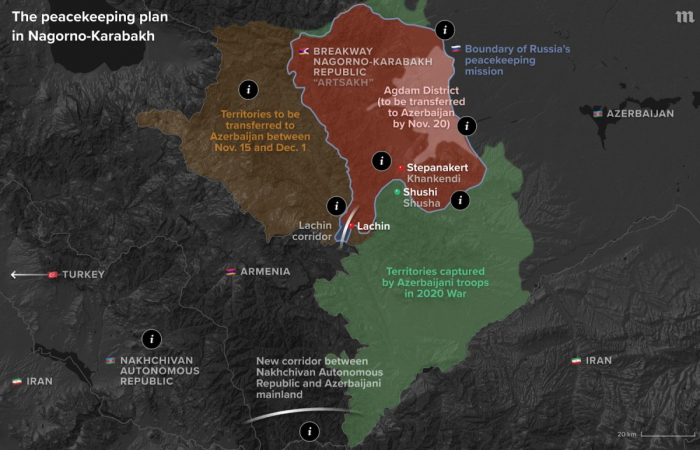Depending on whom you ask, last week’s meeting between Armenian Prime Minister Nikol Pashinyan and Azerbaijani President Ilham Aliyev in Abu Dhabi was either a historic development or simply another routine step in the still-fragile peace process. In an interview with Slovak media prior to the talks last week, Azerbaijani presidential advisor Hikmet Hajiyev even claimed the conflict between the sides is now over. Both sides believed that they were now the closest to formalising a peace treaty than at any time before.
Some in Armenia might disagree, but the United States and European Union also see that an agreement is in reach. For Yerevan, however, the signing of the text for such a treaty, finalised in March, is not close enough. Armenia still remains overly dependent on Russia while its border with Turkiye remains closed. Some pro-Pashinyan pundits even appeal to U.S. President Donald Trump’s vanity, attempting to coax him into pressuring Ankara and possibly Baku too with the allure of a possible Nobel Peace Prize if that changes.
Clearly, this would meet a key policy objective for both Washington and Brussels – further connecting Europe with Central Asia through Turkiye, Armenia, and Azerbaijan. Baku remains adamant, however, that any agreement will not be signed until Armenia removes a controversial preamble from its constitution.
Some analysts in Azerbaijan have suggested that it might be possible to sign an agreement, though not ratify it, as long as there is a clear timescale for holding a referendum on this. Unless this issue can be resolved, both Azerbaijani and some Armenian observers believe, the 5-hour meeting was therefore more likely to focus on discussing all outstanding points and perhaps even prepare the ground for new initiatives to propel the process forwards. If not close, then consensus is that the sides are at least much closer.
Unlike Brussels, Moscow, and Washington D.C., the United Arab Emirates (UAE) as a venue was welcomed as one that avoided the geopolitical posturing that has disrupted progress before. Azerbaijani analysts were also quick to refer to it as the first truly bilateral interstate meeting between Yerevan and Baku. Even the Emirates hosts did not make any statements before or after the meeting. Identical statements published by both Armenia and Azerbaijan described the meeting as constructive and positive.
Despite their absence, the US, EU, and Russia did welcome the talks, however, with Brussels eager to see an agreement signed soon. This is also Yerevan’s position. For Pashinyan, a signed and sealed peace deal could be critical for securing a third term in office in next year’s parliamentary elections. Some argue that Baku also sees an opportunity to seize the moment now its relations with Moscow continue to sour. But all this remains speculation, something that unfortunately skewed expectations beforehand.
A recent piece published by a U.S. think tank reported that the Trump administration has its eyes on an American company managing any resurrected transit route from Azerbaijan to its exclave of Nakhchivan through Armenia, replacing Russian FSB oversight as envisioned by the 2020 ceasefire statement. That claim, however, has so far received little traction, with a senior member of Pashinyan’s Civil Contract dismissing it as "fake news" in a post on X.
True, the idea is not new. A similar proposal involving a Swiss company was agreed between Russia and Georgia in 2011 over the breakaway region of Abkhazia but never implemented. The only similar proposal on Nakhchivan had been hinted at by then European Council President Charles Michel in Brussels in May 2023.
In that case, the World Customs Organisation (WCO) would take on that role and possibly for similar connections. In the spirit of reciprocity, for example, there would also be the need for effective management and security from Yerevan through Nakhchivan to Iran. Never say never, of course, but few seem to believe this is possible and it is has not been backed up by anything so far from the Abu Dhabi talks. Many are skeptical that U.S. should or could emerge on the geopolitical fault line that is the Armenia-Iran border without Moscow or Tehran reacting in less than welcome ways.
This lack of clarity exists elsewhere too, with reports in the Azerbaijani media suggesting that the treaty could be initialed rather than signed, just as it had been suggested before COP29 in Baku last year. The Armenian Foreign Ministry effectively denied this when approached by local media, likely because initialing the document would allow Baku to wait until Yerevan amends the constitution late next year or the year after. Pashinyan likely needs a signed document to present to voters in mid-2026, but initialling is at least realistic.
One well known analyst in Yerevan, for example, has already suggested that even an initialed agreement might suffice for Pashinyan’s purposes. Besides, it would at least mean the text of the agreement was effectively cemented in stone.
Demarcation is set to continue, and both sides pledged to implement confidence-building measures. Earlier this year, Aliyev had already floated ideas such as journalist exchanges, last held in 2019, or transboundary water management projects also involving Georgia. The statement also referred to establishing new working groups though it is unclear if this might include a new bilateral body on unblocking communications given that the only formal mechanism involves Russia and remains in limbo.
In the end, however, few expected more. But that it took place is already positive, especially as delegations comprising the most important officials involved in the process also took part. Nonetheless, what really matters is what happens next and when. On Monday this week, Pashinyan’s Deputy Chief of Staff told media that the “parentheses” on what was discussed “will be opened a little” and “whether there is consensus on some issues.”






